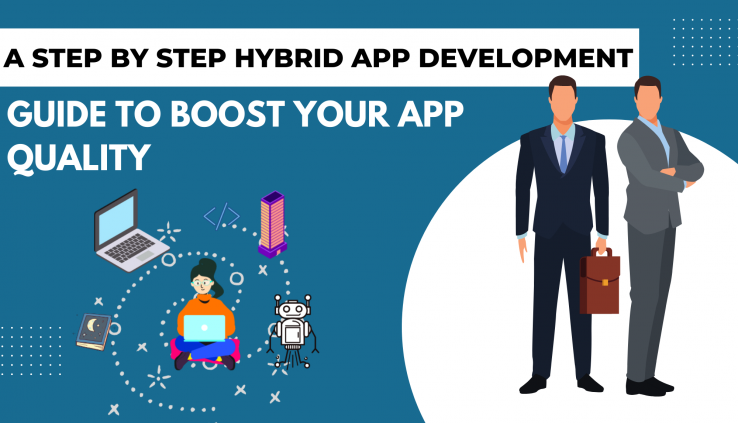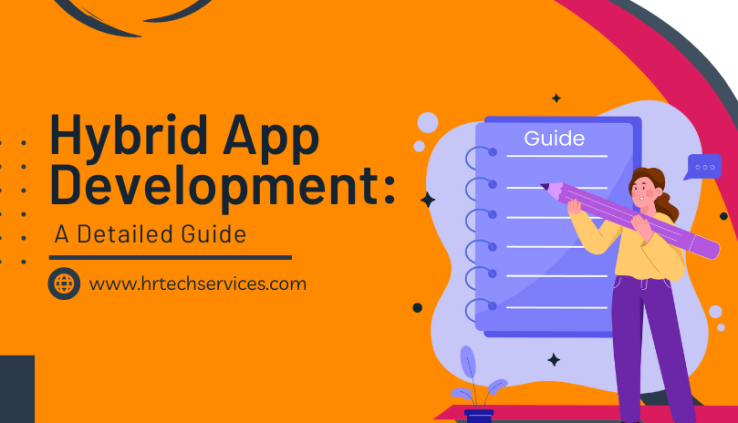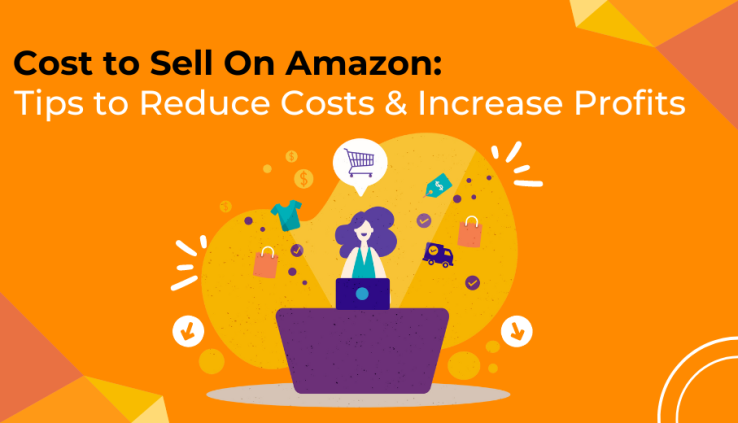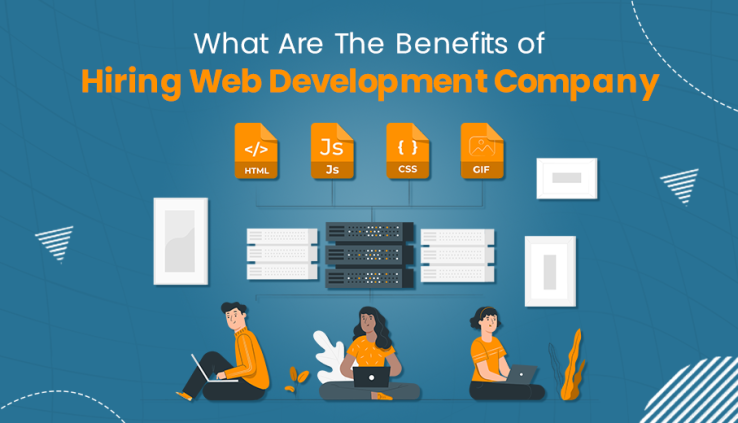Hybrid app development is a trending technology in the world of technology. It’s becoming popular because it allows apps to be quickly developed at a lesser price. It can work on multiple platforms without developing the application from the beginning. Reports say that 74% of the top 50 retail apps on the U.S. App Store are hybrid.
Hybrid mobile app development is not famous like native apps, but they have certain advantages worth your attention. Hybrid apps are growing due to the versatility and velocity of hybrid application development.
In this blog, we will understand hybrid app development and talk about the different stages of developing a hybrid app.
What is Hybrid App Development?
Hybrid app development refers to developing an application that can run on many operating systems, such as Windows, Android, and iOS. Hybrid mobile applications are fascinating to developers as it allows them to create a source code that is usable for all platforms.
Two crucial factors are driving the demand in businesses for hybrid mobile applications: Developing them is easier, and their code base is usable on many platforms. It also increases their reach to users. According to recent research, 40% more hybrid applications are now available.
Hiring the best hybrid app development company can help you reach more users because your app will work perfectly on various devices. This is especially important if your target users are not using the latest technology.
Hybrid apps can access mobile functionalities by using plugins. Hybrid App Frameworks combine native and web solutions. It uses HTML, CSS, and JavaScript web technologies to write the program’s core, which is then incorporated into a native application.
How do Hybrid Apps Work?
In hybrid mobile app development technology, apps connect to web services but must be installed on the user’s device. Hence, hybrid app developers must have expertise in web and native technologies.
These are some key features of hybrid apps:
- Hybrid apps can function without connecting to the internet.
- They can integrate with mobile devices’ file systems.
- They are compatible with web-based services.
- Hybrid apps also have an embedded browser for better accessibility to dynamic online content.
The creation of hybrid apps combines the use of native and online technologies. UI components for hybrid apps are rendered using frameworks like PhoneGap or Ionic. Let’s go over the various stages of creating a hybrid app:
1. Pre-Development
You must first brainstorm your ideas before you begin any software development. At this stage, you must decide whether hybrid app development is the best option for your project. You must also research the appropriate technological stack and select the appropriate tools.
Some of you have a fundamental concept or idea already. Some people may be beginning from scratch. Consider the following questions to get started:
- What do you hope your mobile application will achieve?
- What aims does your app have?
- Which problem would your app solve for users?
- What features will be present in your app?
- How much money are you willing to put up?
- How will you create the app?
During the brainstorming phase, it’s easy to get carried away. Don’t worry about extras that aren’t necessary but take the focus away from the app.
2. Market Research
When your idea is complete, you should research existing apps like yours. Ask these questions before jumping into the development process:
- Who are your competitors?
- What demographic are you targeting?
- What strategies make you stand out from the competition?
- What is the ideal platform for your app?
- How will you market your app?
You can’t afford to rush or ignore market research because it’s such a crucial phase. Spending time and money on an idea’s development to discover that there isn’t a market for it is not something you want to do. Thus, you can save a lot of money by resolving this issue.
3. Focus on UX Design
Another essential stage of the process is designing the mobile application. Start imagining the appearance and feel of your app.
To visualize how the app will function, start making some sketches and creating wireframes. Make sure that the user interface is fluid and straightforward to use.
Before you begin building a functional app, you should first make various prototypes of the app based on your wireframes. You can develop an MVP at this point (minimum viable product). With only the essential features, this application accomplishes its primary goal.
4. Development
You will also need cross-platform technology to create hybrid mobile apps. This stage covers writing the code, architecture, and functionality development.
It’s finally time to start building the app. This encompasses all back-end software, APIs, and front-end development. Here’s what you need to do:
- Select a development strategy.
- Get your development team together.
- Make a project manager selection.
- Create a schedule with objectives and checkpoints.
- Be ready for alterations along the route.
The complexity of the features in the type of app you’re producing will impact the development time and cost. Creating an app with essential functionalities is quick. But, creating complicated software will take longer to develop.
5. Testing
In the testing stage, you test your hybrid app development project before putting it into production. This covers testing the front and back end of your hybrid app development project. The best strategy is to test your app using QAs during development. By following these tips, make sure your app works:
- To ensure compatibility, test the app on both platforms.
- Utilize various devices to run the application (smartphones, tablets, etc.).
- To get input and make improvements, do tests with actual users.
Your testing aims to release usable software that runs smoothly so consumers can enjoy the experience. You can upgrade your app and roll out new versions. But, aiming to make the app flawless throughout the testing period may result in your app never being released. So, attempt to improve your product gradually.
6. Deployment & Maintenance
The hybrid application is finally deployed in this step on one or more platforms so that end users can use it. Your hybrid app development project must be submitted to the appropriate app stores for Android/iOS, or you might host it on your website servers.
Hybrid app development is a never-ending process. Because of this, hybrid app developers must make improvements to existing hybrid apps. Your hybrid application will need to be modified per your business requirements.
To stay ahead of your competitors during this stage, you should also keep an eye on the most recent trends and technology in hybrid app development.
5 Major Advantages of Hybrid App Development
Many big businesses, including Amazon, Walmart, and Nike, favor Hybrid App Frameworks over native app development. Since there is only one codebase to maintain, hybrid apps are developed quickly. But what else? Let’s go over all those advantages in this section.
Hybrid mobile applications are scalable due to a single codebase across different platforms. For example, if hybrid app developers build an app for Android, they can launch it on iOS quickly.
In other technologies, you need to have separate databases for each platform. But, in hybrid app development, you can manage your app across all the platforms with a single database. It will save you money and time to track different databases.
A significant advantage of a hybrid mobile application is that you can speed up the development process since you only have to create one database.
This advantage is related to the use of one codebase. Because of the single codebase, the maintenance costs for hybrid apps are much lower than that of native apps.
The main benefit of hybrid mobile app development is that the apps can work offline due to their native aspect. The real-time data is inaccessible without the internet. But the users can still load the application and see the already downloaded data.
What are hybrid frameworks?
The Hybrid Driven Framework combines the Data-Driven and Keyword-Driven frameworks.
Which language is better for hybrid app development?
If you want the best results from hybrid app development, go with React Native.
Conclusion
You can expand your brand’s reach by developing your mobile application for various operating systems, including Windows, Android, and iOS. Using a hybrid method, you can develop a low-cost but high-performance application. Pick only the best hybrid app development company if you want to create a scalable and trustworthy application.
If you’re ready to create a hybrid app, let’s start a new project together because we offer excellent Hybrid app development services with over 10+ years of experience in the industry. Once you get in touch with us, a professional tech expert will give you more information about our services.





